Bird-watching in Armenia

Armenia is located in the Armenian Highland at the junction of European and Irano-Anatolian - zoogeographical provinces in the south-east of the Western Palearctic. Being situated between Black and Caspian seas, Armenia is connecting the Eurasia with Middle East and Africa. It is a mountainous country with elevation between 375 and 4090 meters above sea level, the average elevation is about above sea level. The country is small but its’ geographical situation, contrast climatic conditions and complex geomorphology lead to having a large range of habitats from dry semi-deserts to alpine meadows. All those factors substantially determine the richness of flora and fauna, including species of birds in Armenia. At present there are over 370 species of birds recorded in Armenia, including 235 breeding and 139 migratory or wintering species.
May-June are the best months to visit in spring and summer and during the whole of September and October in autumn. The 8-12 days should be considered as the minimal period to get most of the country’s specialties.
BIRD-WATCHING SITES
Meghri
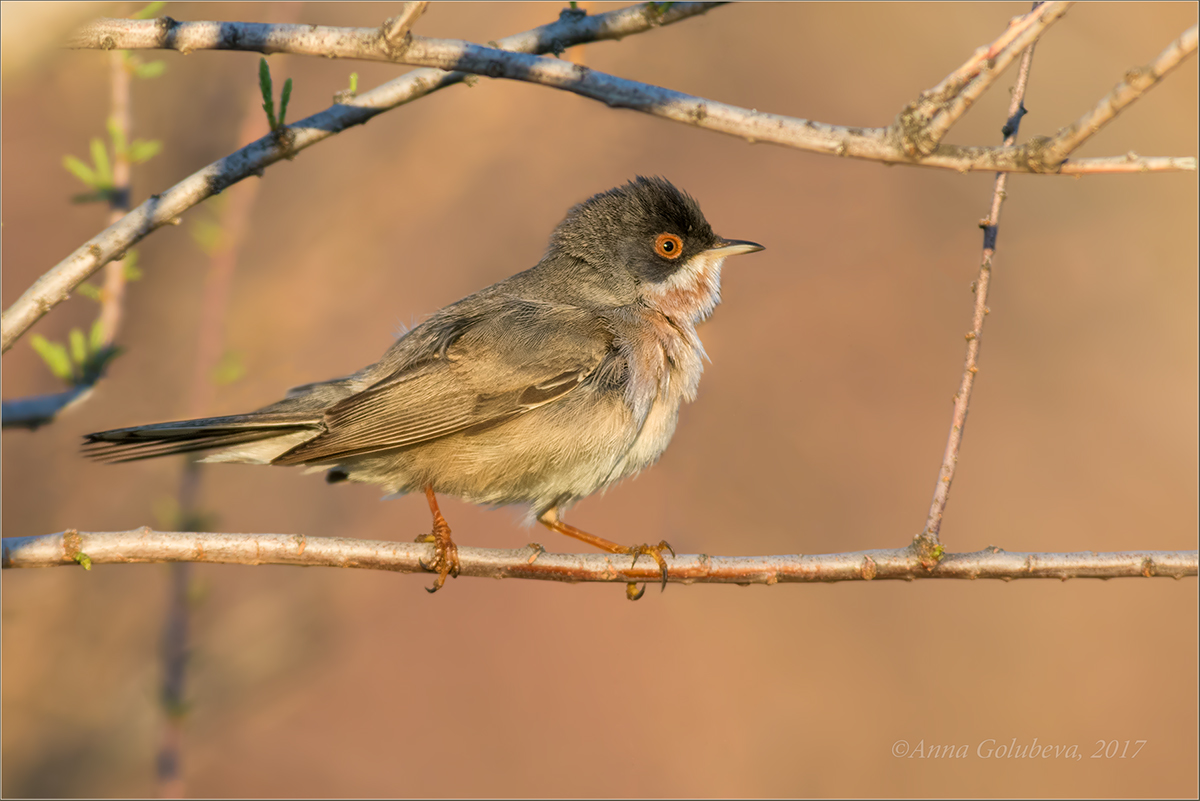
The site is located in Meghri region (Syunik Province) in Meghri river valley in the foothills of Meghri mountain range, at an altitude of 800 - 1000 meters. The Sagebrush semi-desert turns into light forest of junipers, and riparian forest alternates with mosaic-shaped gardens. Levant Sparrowhawk, Menetrie's Warbler, Lesser Whitethroat, Black-eared Wheatear and many other species may be observed in this site with Griffon Vultures nest on neighboring cliffs. The territory overlaps with "Meghri Prime Butterfly Area". The old part of the city attracts with its XII century church and its unique frescoes.
Kaladash
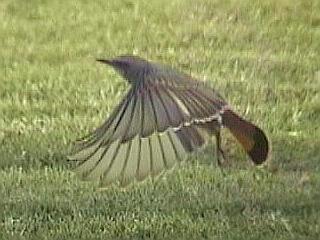
Kaladash site is located on Mount Kaladash in Meghri region (Syunik Province). The semi-deserted slopes turn to a light forest with 'juniper' plants starting 700 - 1200 meters. You will observe Persian Wheatear, Eastern Rock Nuthatch, Chuckar and other species in this site. In the lower altitudes the territory overlaps with "Kaladash Prime Butterfly Area".
Shvanidzor

The site is located in Meghri region (Syunik Province) on the foothills of Meghri mountain range at an altitude of 1000-1500 meters. You might observe Woodchat Shrike, Orphean Warbler, Upcher's Warbler and many other species in this site. Sombre Tit and Red-fronted Serin might be observed in juniper open forests, while in the riparian scrubs along Araks River it is possible to find Black Francolin. The site borders with "Shvanidzor Prime Butterfly Area" and "Important Bird Area of Meghri".
Kaler

Kaler is a territory, covering watershed of Meghri range at an altitude of 2500 - 3200 meters. Upper border of hornbeam-oak forest turns into sub-alpine zone with numerous rocky formations and stone runs. Caspian Snowcock, Water Pipit, White-winged Snowfinch and other alpine species might be observed in this site.
Kajaran
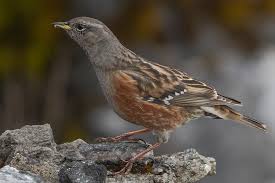
The site is located in Voghji River Valley in Southern part of Zangezur mountain range in an altitude of 2200-3500 meters. Sub-alpine meadows turn into alpine meadows, gorges are indented with rock formations. Alpine species, such as Caspian Snowcock, Alpine Accentor, Twite and others may be observed in this site. The territory includes "Kajaran Prime Butterfly Area" and in some extent overlaps with "Important Bird Area of Zangezoor".
Khoustoup
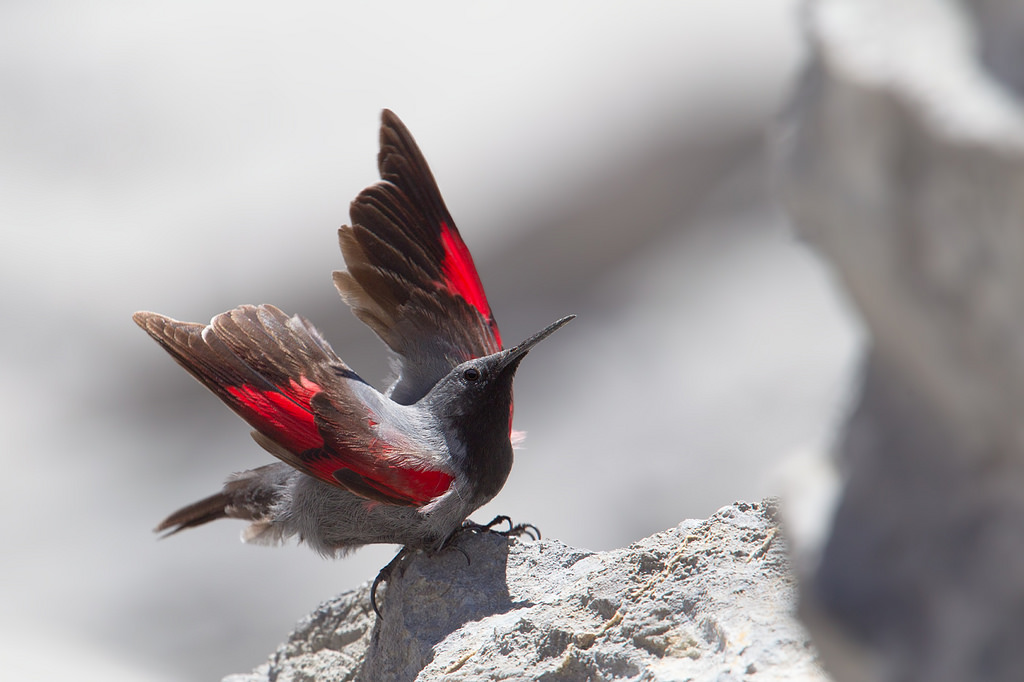
The site covers the mountain massif of Mount Khoustoup. It branches from northern slope of Meghri mountain range, between 2000 and 3100 meters. The territory includes different types of mountain steppe, some spots of hornbeam-oak forest, but the main part consists of sub-alpine and alpine meadows, alternating with rocky outcrops and deep gorges. Territory suits perfectly for Caspian Snowcock, Wallcreeper, White-winged Snowfinch and other alpine species.
Tatev

The territory covers deep canyon in middle course of Vorotan river. The levation ranges between 1200 and 2400m a.s.l. Different biotopes are presented in this territory, shiblyak and hornbeam-oak forest, subalpine meadows. High vertical cliffs serve as a shelter for many raptors and other species of rock birds. A small colony of Griffon Vulture, Egyptian Vulture, Bearded Vulture, Golden Eagle, and other species are breeding here. Monastic ensemble of XIV century Tatev is located nearby.
Gorhayk
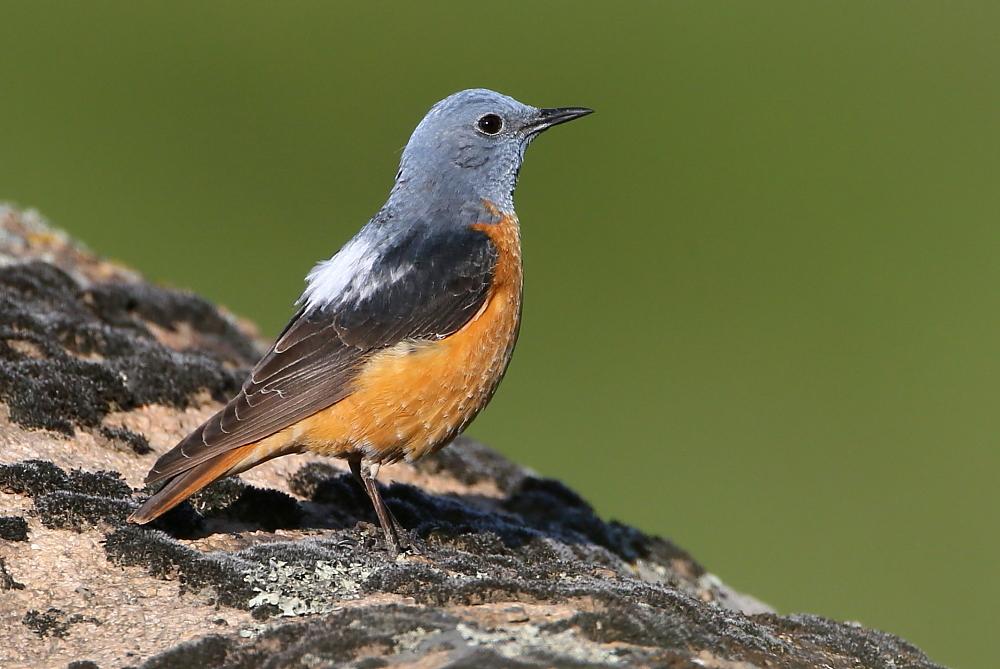
The territory covers mountain steppes and meadows at the elevation between 2000 and 2500m a.s.l. The territory is mostly covered by herbaceous vegetation with swampy areas alongside the rivers. This is one of the few breeding places for Lesser Kestrel, besides, Rufous-tailed Rock Thrush; Black-headed subspecies of Yellow Wagtail and other birds of steppes and meadows may be observed here. The territory overlaps with Important Bird Area Zangezur.
Gndevaz

The territory is a canyon in middle course of Agra river, ranging between 1500 and 2300m a.s.l. The main biotope of the canyon changes with elevation from shiblyak to juniper light forest and later to oak forest. Canyon is surrounded by vertical cliffs. Diversity of habitats attracts different species, such as Peregrine Falcon, Bearded Vulture, Rock Bunting, Red-fronted Serin, and number of others.
Teksar
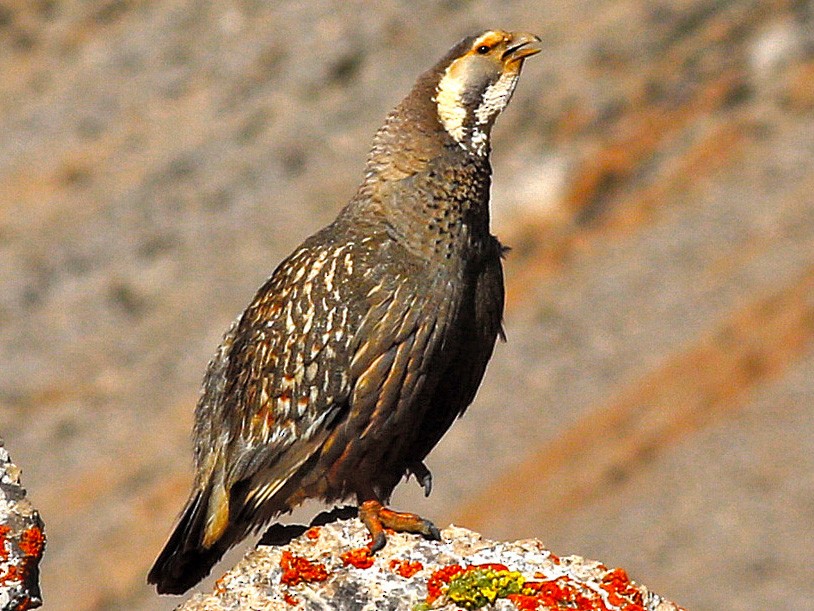
The territory covers mountain massif branching from Vardenis mountain range, at the altitude of 1500-2500m a.s.l. The territory is mostly represented by mountain steppes and subalpine meadows. Rocky outcrops form deep gorges. The place is ideal for observation of Caspian Snowcock, Wallcreeper, Crimson-winged Finch, and other high mountain species. Mountain Goats often occur here as a nice bonus to bird species.
Noravank
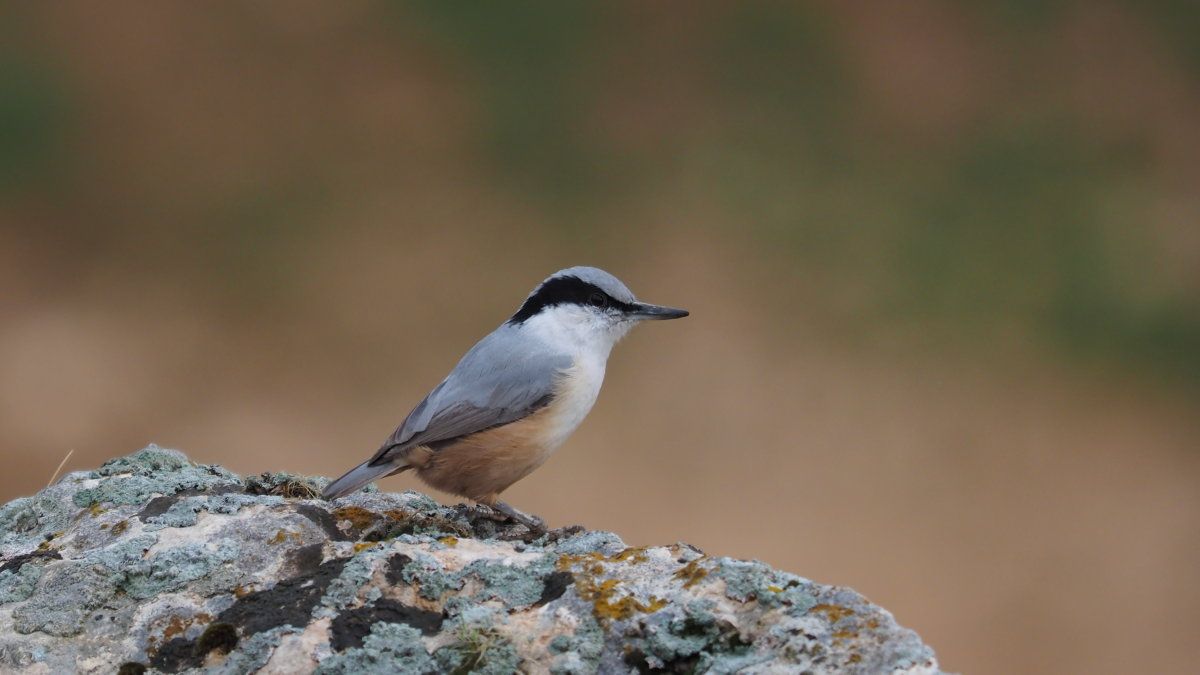
The territory covers one of the most picturesque canyons in Armenia, at the considerable length of Gnishik river, streaming down from Vayots Dzor mountain range. Biotopes change from semidesert to juniper light forest and sainfoin mountain steppe at elevation ranging between 1200 and 2200m a.s.l. Canyon is formed by vertical cliffs, alternating with steep slopes, covered with red clay. White-throated Robin, Eastern Rock Nuthatch, Upcher's Warbler, and other species occur here. Monastic ensemble Noravank of VIII century, located in the cliffs, is a nice addition to the scenarios of the area. Territory considerably overlaps with Prime Butterfly Area Gnisheek and with Important Bird Area Noravank.
Gndasar

The territory covers the southern slopes of Vardenis mountain range at the elevation between 1500 and 2700 m a.s.l. Biotopes change from mountain steppe to subalpine meadows, slopes are jagged with rocky outcrops. Ascenting to subalpine zone Stonechats (race armeniaca), Rufous-tailed Rock Thrush, Caspian Snowcock, and number of other rocky mountain species may be observed. Observation of brown bear is possible here as well. Territory overlaps with Important Bird Area Gndasar.
Selim
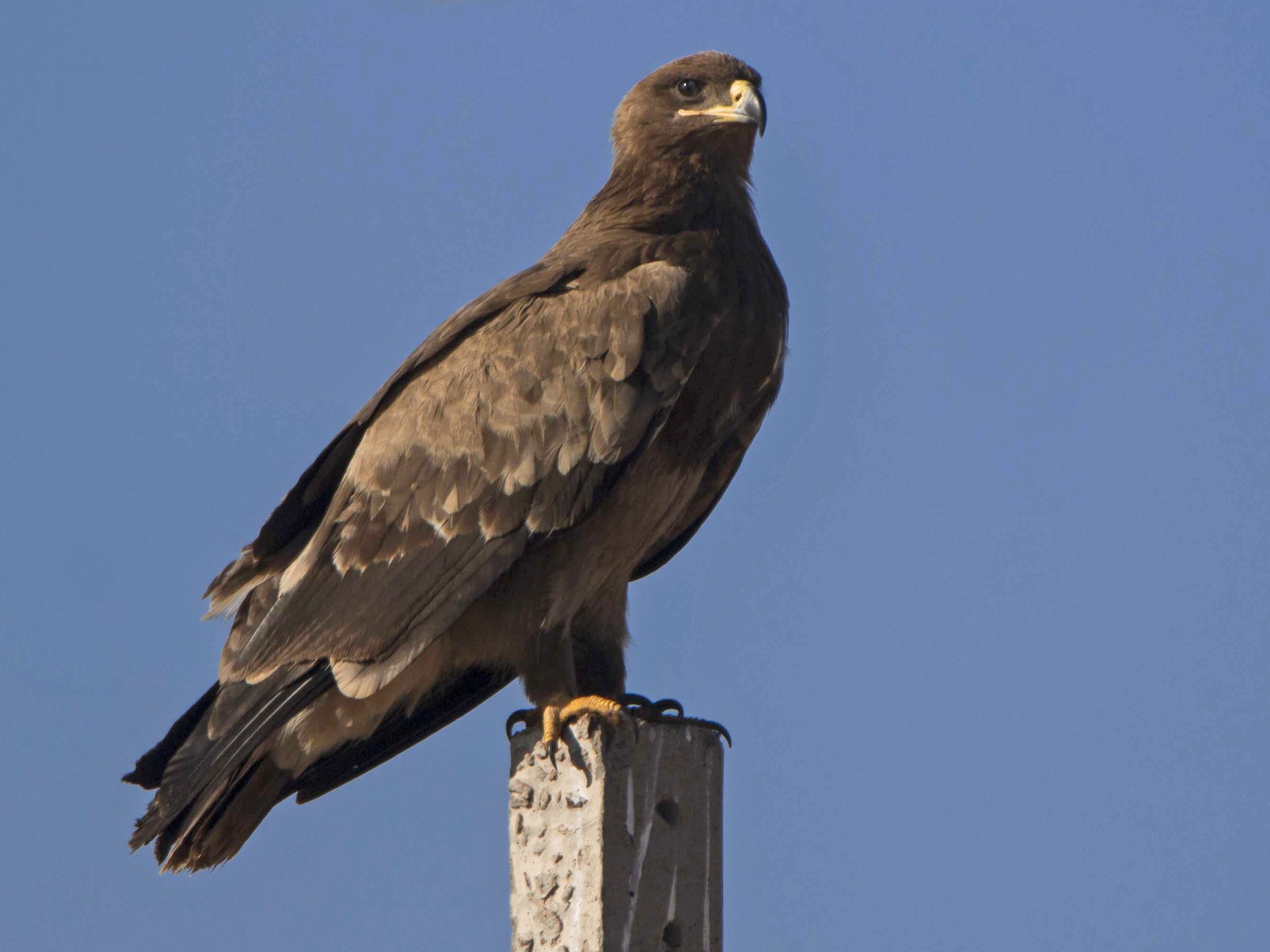
The territory covers surroundings of Selim pass on Vardenis mountain range, at the altitude of 2000 - 2300m a.s.l. An intensive flight of raptors passes over the territory, which allows to observe Steppe Eagle, Imperial Eagle, Pallid Harrier, and number of others during their migration period. Almost at the highest point of Selim pass you will pass through the Orbelians IX century caravansary. It is one of few artifacts, remained from Silk Road. Today the caravansary attracts both tourists and several pairs of Rock Sparrow which are breeding in the cracks of the building.
Armash
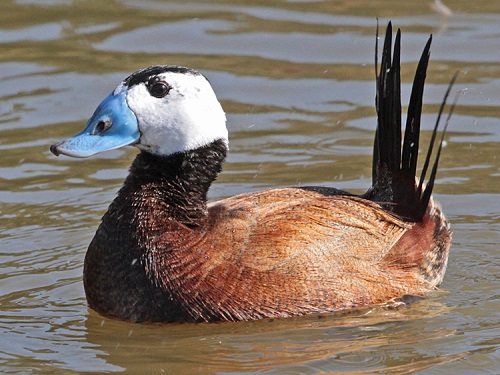
The territory covers fish farms of Armash, founded in 1972. A number of waterbirds found refuge here after losing their natural habitats at Lake Sevan and Gili marshes due to human & industrial activities. The territory is represented by large artificial ponds, many of which are not being exploited and allow watching White-headed Ducks, White-tailed Lapwing, Savi's Warbler, and huge number of other waterbirds. Many of them use this site for breeding, others, such as Demoiselle Cranes use the territory for stopovers during migration. Wetlands alternate here with saltwort semidesert, having its own species composition. The territory includes the Important Bird Area Armash fish-farm.
Urtsadzor

The territory covers foothills of Geghama and Ourts mountain ranges at the elevation between 1000 and 1600m a.s.l. Semidesert with rocky outcrops prevails here, later it changes to juniper woodland. This is the only nesting site of Lanner Falcon, known for Armenia, besides, it is possible to observe Grey-headed Bunting, Trumpeter Finch, Isabelline Wheatear and other semidesert birds. The territory is located close to Khosrov State Reserve, and substantially overlaps with Prime Butterfly Area Ourtsadzor.
Urts

The territory covers foothills of Urts Mountain range at the elevation between 1000 and 1500m a.s.l. The prevailing landscape is semidesert, which turns into juniper light forest. The northernmost border of Persian Wheatear is passing here, besides, Finsch's Wheatear, Chukar, and number of other semidesert species are spotted here. The site is often visited by Cinereous and Griffon Vultures.
Metsamor
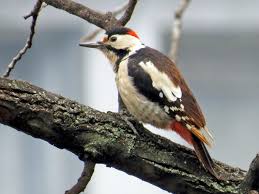
The territory covers Sevjur river and a number of water bodies, both of natural origin and former sand-gravel pits. It is a plane, at an latitude of 900m a.s.l. with slight fluctuation. Majority of biotopes are represented either by wetlands, or by agrocenosis, therefore, it is possible to meet waterbirds, such as Little Bittern, Ferruginous Pochard, and Kingfisher, and birds typical for orchards, such as Syrian Woodpecker and Menetrie's Warbler. Territory overlaps with Important Bird Area Metsamor.
Hatsavan

The territory covers spurs of Voghjaberd and Yeranos mountain ranges at the elevation of 1000-1500m a.s.l. It is represented by fragments of mountain steppe with few rocky outcrops. Species, such as Lesser Short-toed Lark, Woodchat Shrike, Hill Sparrow, and number of other semi-desert birds are spotted here.
Hatis

The territory is a relatively small, rather separate mountain at elevation ranging between 1700 and 2500m a.s.l. The habitat of Hatis is represented by tragacanth and grassy mountain steppe, which provide a destination for wide variety of Passerines, including White-throated Robin, Barred Warbler, Radde's Accentor, and other steppe birds.
Ara-Ler (Mount Ara)

The territory is another separate mountain at elevation ranging 1500-2500m a.s.l., with diverse habitats. While the southern slopes of the mountain are covered with arid and semi-arid vegetation, the northern slope is covered by oak-hornbeam forest. The upper part of the forest is covered by birch trees. Above timberline, starting from about 2000 meters the subalpine meadows are located. This site is destination for Caucasian Grouse, Water Pipit, Mountain Chiffchaff, and number of other meadow, forest, and arid bird species. Territory includes the potential Prime Butterfly Area and overlaps with Important Bird Area Mount Ara.
Aragats

Mount Aragats is the highest summit of the Republic of Armenia. With an altitude ranging from 1200 to 4090m a.s.l. the birding site includes wide variety of habitats from semi-desert to alpine zone. It is rugged with several canyons, where the Amberd river canyon is the most famous. Wide variety of birds including Short-toed Snake Eagle, Lesser Spotted Eagle, Bimaculated Lark, Rufous-tailed Scrub-robin, Horned Lark (race penicillata), and number of others can be observed here.
Bjni

The territory is an area along Hrazdan River, where eastern slopes of the gorge are covered with juniper woodlands, with gradual change to oak-hornbeam forest, then to birch woodland and eventually to sub-alpine area. The site attracts Red-fronted Serin, Ring Ouzel, Stonechat (race armeniaca), and other birds of juniper woodlands and deciduous forest.
Meghradzor
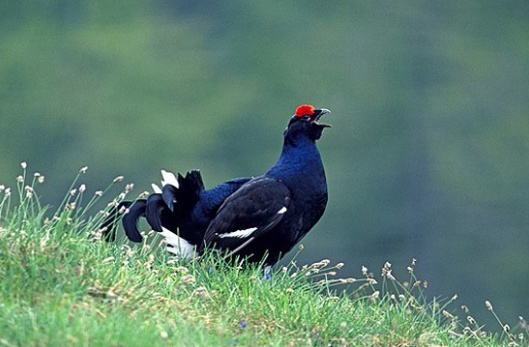
The site is located at Pambak Mountains between 1800-2600m a.s.l., which is represented by mixed pine and deciduous forests at the northern face, and by mountain steppe at the southern face. Upper part of the ridge is covered by sub-alpine meadows with numerous rocky outcrops. Caucasian Black Grouse, Common Rosefinch, Common Redstart (race samamisicus), and number of others can be observed.
Tezhler (or Tej-Ler)
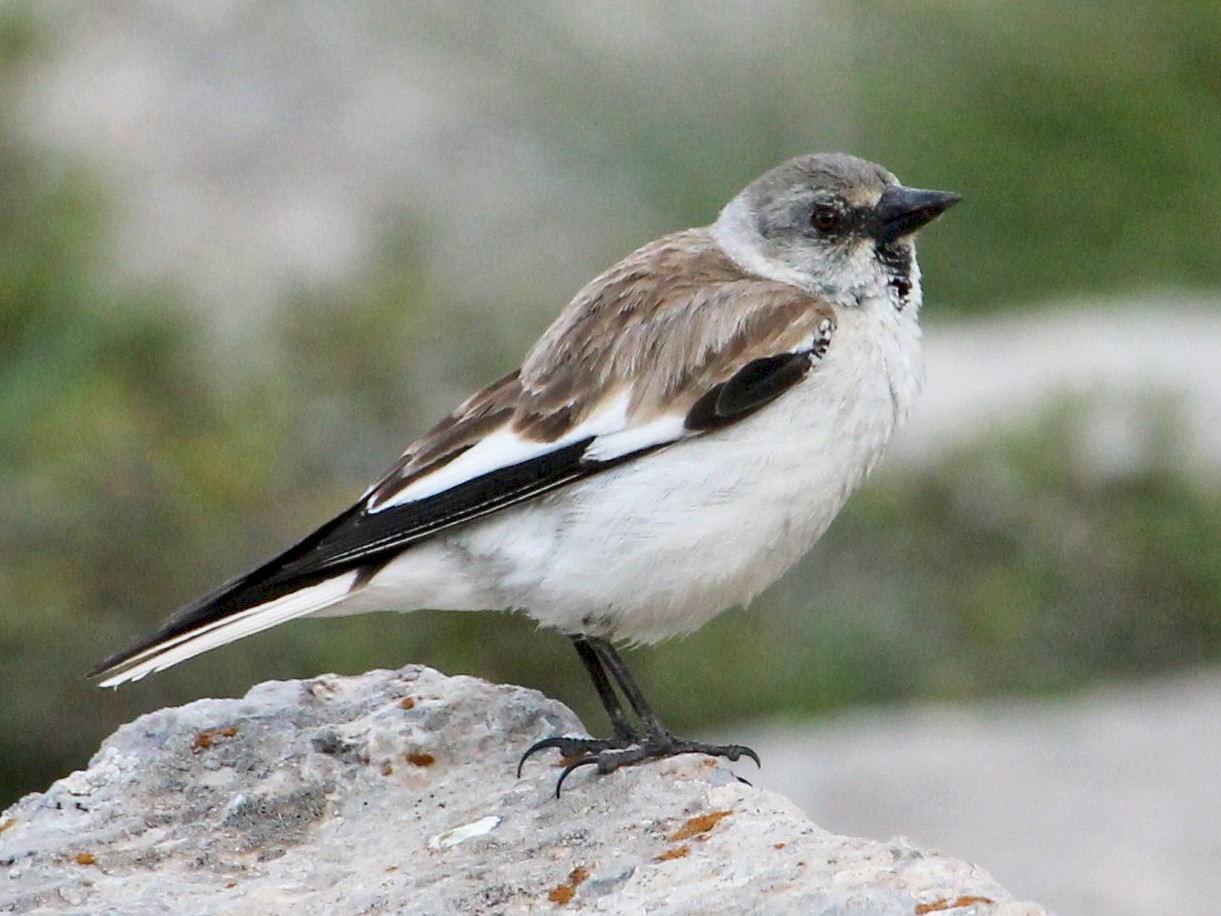
Tezhler is the highest summit of Pambak Mountains. The site is located between 2000 and 3100m a.s.l. and is mostly represented by sub-alpine scenes. Numerous gorges are formed by incredibly beautiful cliffs and rocks. The site is destination for high mountain species, such as Caspian Snowcock, Wallcreeper, White-winged Snowfinch, and others. Territory is within the Important Bird Area Pambak.
Artanish-Shorzha

Artanish-Shorzha is a peninsula at Lake Sevan, covered by juniper woodland and arid mountain steppe, despite of the fact that the area is located at 1900m a.s.l. The site alternates with grasslands, which make possible the living of variety of Passerines. Among those one can observe Red-fronted Serin, Rock Bunting, Rufous-tailed Rock-thrush, and number of others. The area mostly overlaps with Prime Butterfly Area Artanish-Shorzha, and it is within the Important Bird Area Lake Sevan.
Norashen
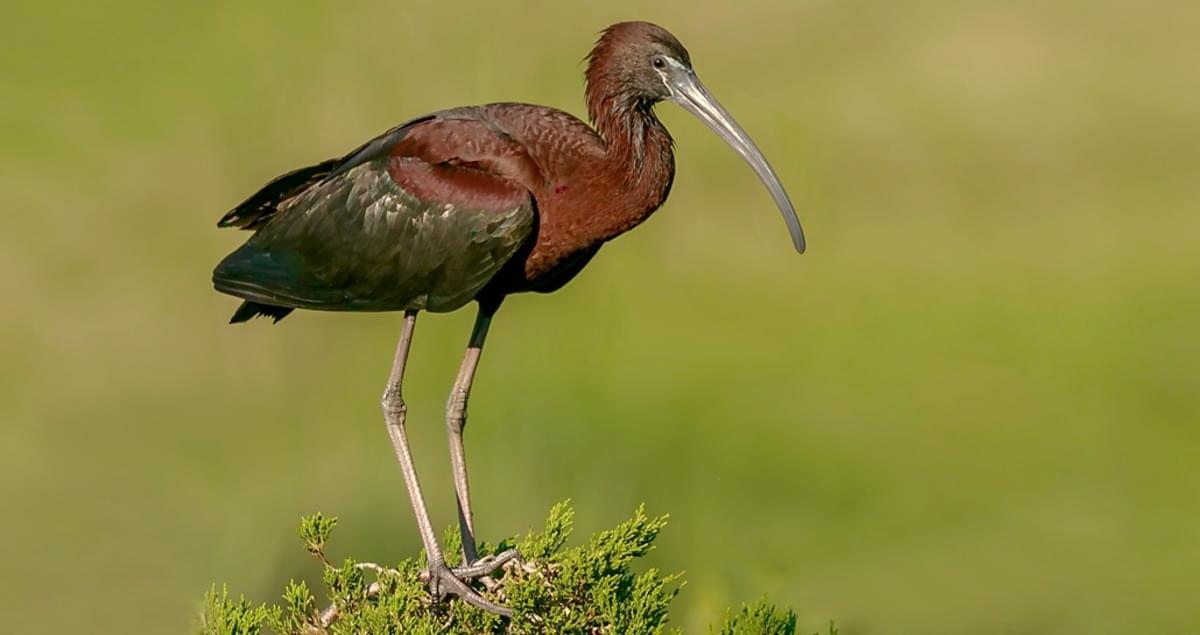
Norashen is a location at the South-western shore of Lake Sevan. The area is famous by the Gulls' Island - a destination of about 6000 pairs of Armenian Gulls. Beside Gulls there are other species breeding, such as Glossy Ibis, Spoonbill, Ruddy Shellduck, and number of others. The shoreline is formed with number of small lagoons, which are attracting numerous migrants in spring and autumn. Territory is within the Important Bird Area Lake Sevan.
Lichk

Lichk is represented by two small lakes in close proximity to the Lake Sevan. The lakes are surrounded by poplar forest and sea-buckthorn bushes alternated with marshes. Thus the location provides a habitat not only for waterbirds such as Tufted Duck and Yellow Wagtail (race feldeggi), but also such forest birds as Goshawk and Mountain Chiffchaff.
Dilijan

Dilijan is the area mostly covered by deciduous forests, dominated by beech, oak and hornbeam. It is located between 1200-2600m a.s.l. Above the timberline are sub-alpine meadows, rugged by long cliff walls. The area is home to wide variety of habitats for forest species, such as Semi-collared and Red-breasted Flycatchers, Hawfinch, and number of others. The territory is within the Important Bird Area Lake Sevan.
Lastiver

Lastiver is a deep canyon covered by deciduous forest and is relatively untouched by tree logging. Due to large number of thick hollow trees, which secures breeding of large cavity nesters, such as Black Woodpecker. Among other forest birds that can be observed here are Lesser Spotted Woodpecker, Green Warbler, and others.
Kirants
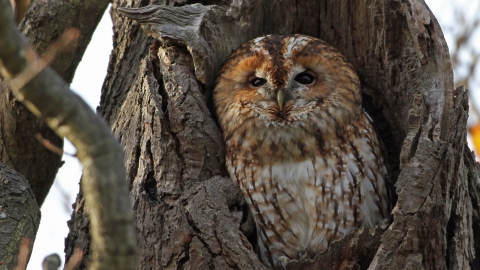
Kirants is also covered by beech dominated forest, however the forest here begins from about 800m a.s.l. and the area is more humid than the previous sites. The area provides wide variety of opportunities to observe forest species such as Green and Middle Spotted Woodpeckers, Tawny Owl, Bullfinch, and others.
Dzoraget
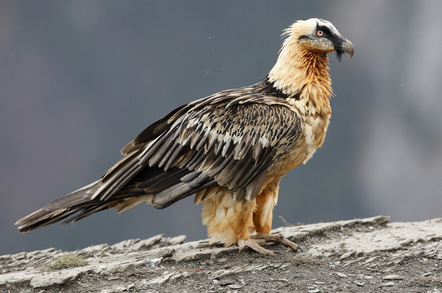
Dzoraget birding site is famous for the deep canyon along Debed River with an altitude ranging from 900 to 1200m a.s.l. The site is covered by high cliffs with numerous caves, grotto, and ledges. Thus the site provides wide variety of opportunities for cliff-nesters, such as Griffon Vulture, Lammergeyer, Egyptian Vulture, and others.
Tashir
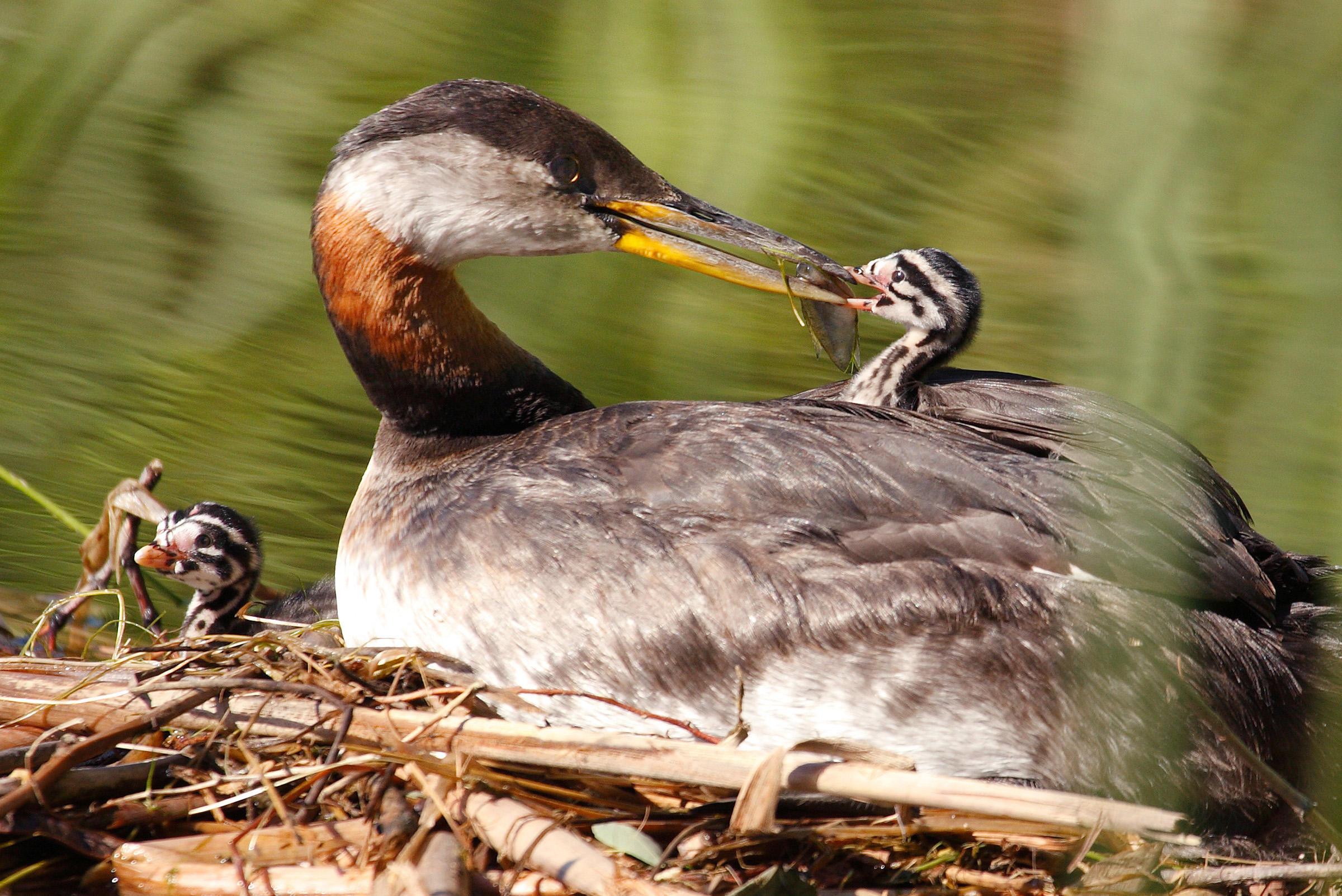
Tashir birding site is located at Lori plateau in 1300-1700m a.s.l. The site is rich with small lakes and marshes, alternated with wet meadows and humid steppe areas, and also with some deciduous or pine forest patches. It is possible to observe waterbirds, such as Red-necked Grebe and Paddifield Warbler, some woodland species, such as Lesser Spotted Eagle. The territory overlaps with the Important Bird Area Tashir.
Jajur
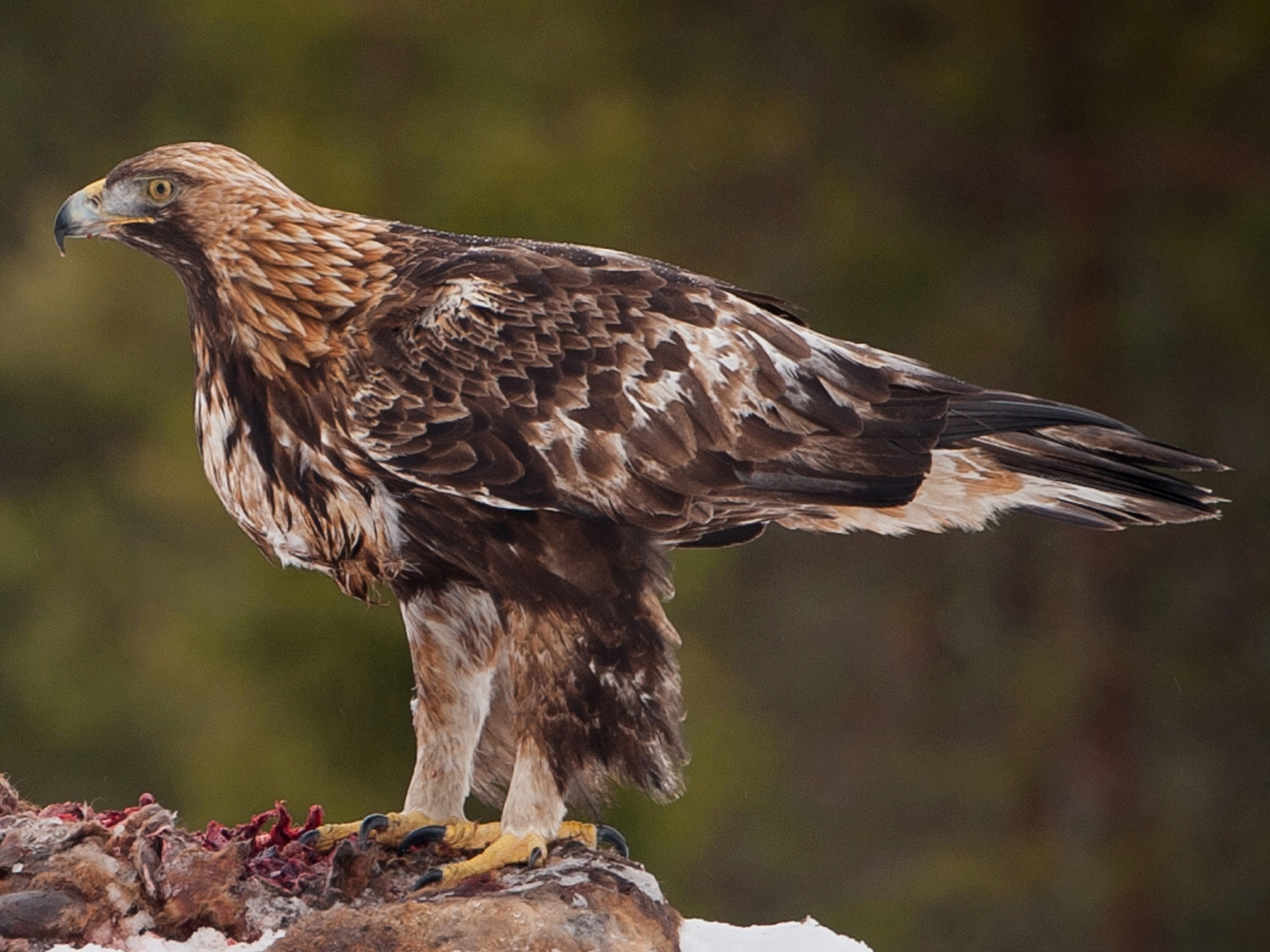
The site is located at a mountain pass at 2000-2400m a.s.l. Despite its high elevation, the area is covered by arid type of sainfoin steppe, which is gradually changing into meadows. Artificial pine plantations are also covering the area in patchy pattern. Some rocky outcrops and cliffs supplement the site. The area supports variety of mountain steppe birds such as Bluethroat (race magna) and Ortolan Bunting, while the cliffs host resident pair of Golden Eagle, whereas the pine plantations provide habitat for some forest birds, such as Mountain Chiffchaff.
Akhuryan

Akhuryan is a located at Shirak Plateau at 1500-1700m a.s.l. The site is a mountain steppe, bordering with Turkey with a large water reservoir. The area is mainly inhabited by steppe birds such as Long-legged Buzzard and Western Rock Nuthatch, but also provides habitat for some water birds, like Red-crested Pochard, Marsh Harrier, etc.
Lake Arpi
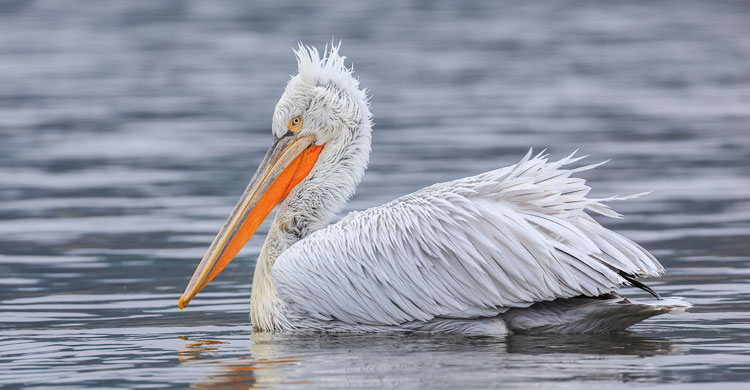
Lake Arpi is a subalpine area at 2000-2400m a.s.l, covered by grasslands, meadows, and marshes. The island at the middle of the Lake hosts about 8,000 pairs of Armenian Gulls, as well as Dalmatian Pelican, Ruddy Shellduck, etc. The meadows host Montague's Harrier one of the few places of its breeding in Armenia. The territory overlaps with the Important Bird Area Lake Arpi.
Share the best views with other birders!
